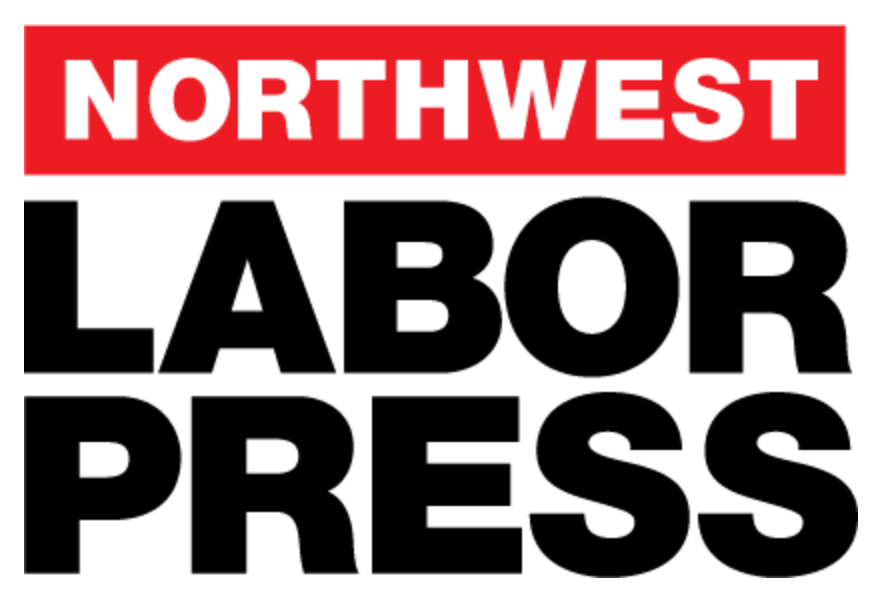In the House of Labor, a March 27 White House executive order hit like a bomb. President Donald Trump, citing national security, declared that as many as 1 million workers at dozens of federal agencies will no longer have the right to have a union or take part in collective bargaining because their agencies “are hereby determined to have as a primary function intelligence, counterintelligence, investigative, or national security work.”
Agencies listed in the executive order range from the Bureau of Land Management and the Food and Drug Administration to the Environmental Protection Agency and the Animal and Plant Health Inspection Service of the U.S. Department of Agriculture.
AFL-CIO president Liz Shuler called it “the very definition of union-busting.”
“It strips the fundamental right to unionize and collectively bargain from workers across the federal government at more than 30 agencies,” Shuler said in a press statement the day the order was announced.
U.S. law provides federal workers fairly weak union rights compared to private sector workers. The Civil Service Reform Act of 1978 spells out some limited union rights but gives the president the power to exclude any agency or subdivision if he determines that it has “as a primary function intelligence, counterintelligence, investigative, or national security work.” The language of the statute leaves it up to the president to make that determination.
Shuler said the order is meant to punish unions that are fighting the administration’s mass layoffs of federal workers in court. That interpretation appears to be supported by a fact sheet the White House put out explaining the order. “Certain federal unions have declared war on President Trump’s agenda,” it says. “The largest federal union describes itself as ‘fighting back’ against Trump.” The fact sheet says “hostile” federal unions are obstructing agency management, because the law says agencies can’t modify policies in collective bargaining agreements until they expire. “The outgoing Biden Administration renegotiated many agencies’ CBAs to last through President Trump’s second term,” the fact sheet says.
The executive order could doom a whole set of federal union lawsuits against mass purges of federal workers. Unions like American Federation of Government Employees have standing to sue in court over those purges because they represent the wronged employees. If Trump can determine that they no longer represent those workers, judges could dismiss their lawsuits.
Historian Joseph McCartin, who wrote the definitive book on Ronald Reagan’s 1981 firing of striking air traffic controllers, said Trump’s order is the largest and most aggressive single act of union-busting in U.S. history.
List of agencies covered by the order
- The Department of State
- The Department of Defense
- The Department of the Treasury, except the Bureau of Engraving and Printing
- The Department of Veterans Affairs
- The Department of Justice
- The Department of Health and Human Services, including Food and Drug Administration, Centers for Disease Control and Prevention, Office of Refugee Resettlement, Administration for Children and Families, National Institute of Allergy and Infectious Diseases, National Institutes of Health
- Department of Homeland Security, including U.S. Citizenship and Immigration Services, United States Immigration and Customs Enforcement, United States Coast Guard, Federal Emergency Management Agency
- The Department of the Interior, including Bureau of Land Management, Bureau of Ocean Energy Management
- The Department of Energy, except for the Federal Energy Regulatory Commission
- The Department of Agriculture, including Food Safety and Inspection Service, Animal and Plant Health Inspection Service
- The International Trade Administration, Department of Commerce
- The Environmental Protection Agency
- The United States Agency for International Development
- The Nuclear Regulatory Commission
- The National Science Foundation
- The United States International Trade Commission
- The Federal Communications Commission
- The General Services Administration
- The Social Security Administration



